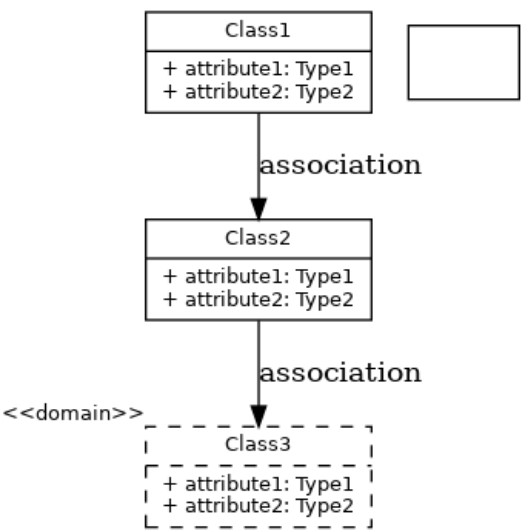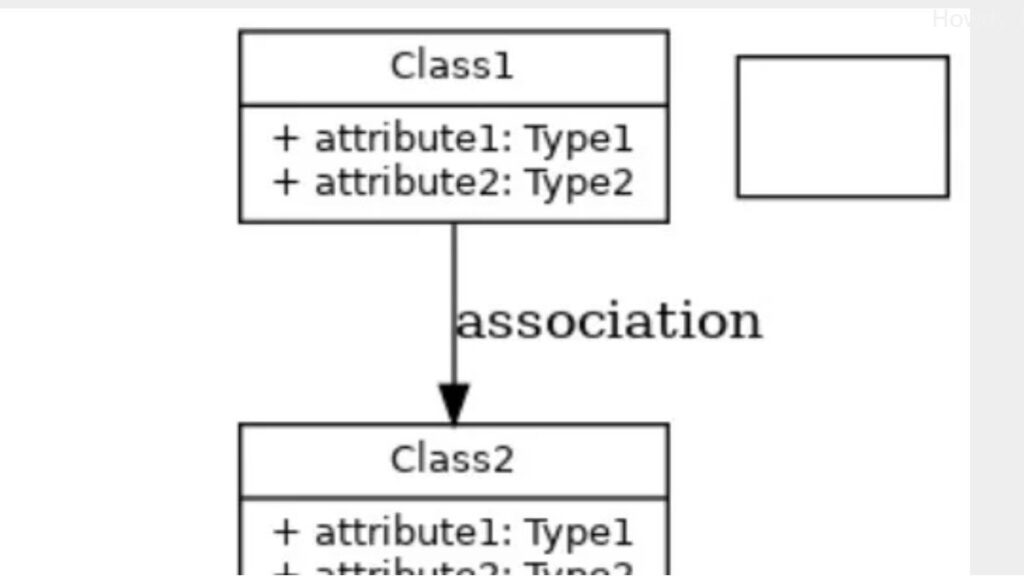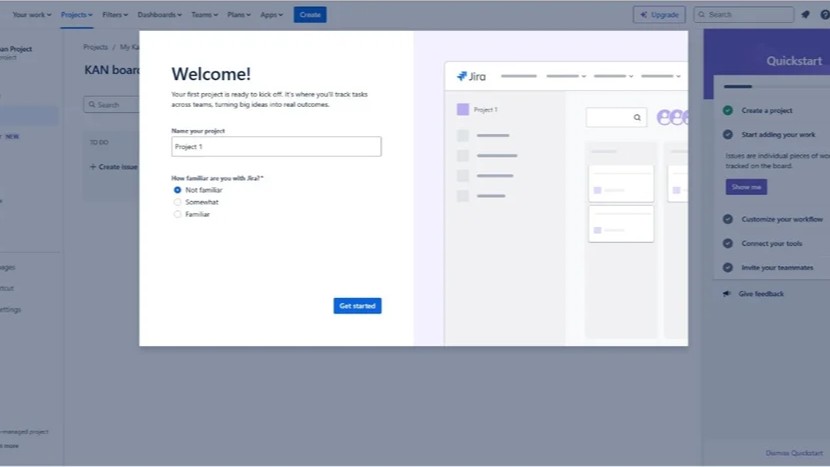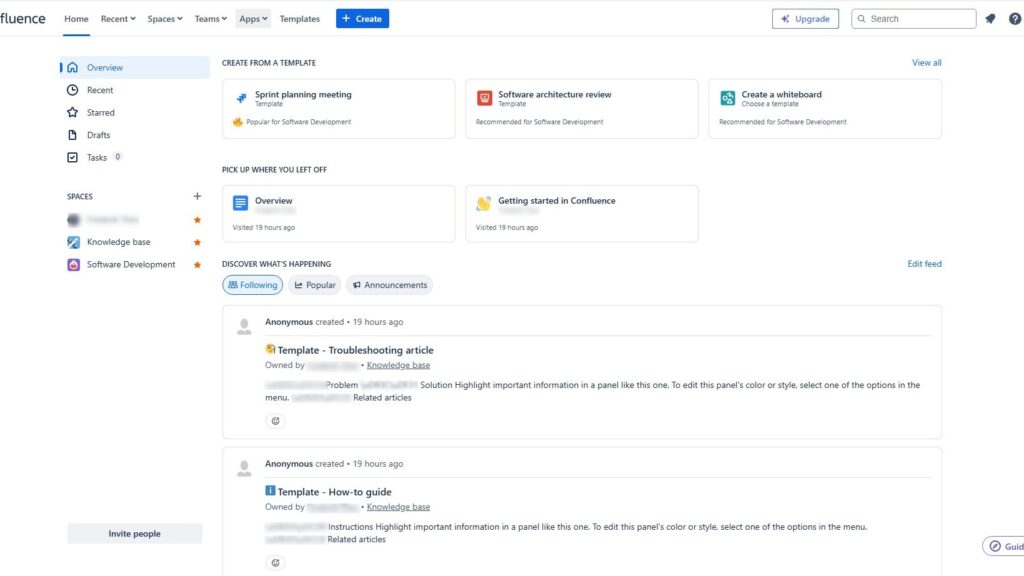Adapting and extending modeling languages is essential for precise requirements modeling. UML and SysML provide flexible mechanisms to customize modeling elements. This adaptability allows project-specific or domain-specific concepts to be seamlessly integrated into existing notations. By doing so, models stay both accurate and relevant to real-world systems. To understand this powerful capability, explore how stereotypes in UML and SysML enable tailored extensions for clearer, more meaningful representations.
What is Requirements Modeling
Requirements modeling is the structured process of visualizing, analyzing, and documenting what a system should achieve before it is built. In project management, it provides a clear foundation for planning, communication, and scope control. In system design, it bridges the gap between business needs and technical solutions by defining system behavior and structure. Within requirements engineering and IT business analysis, it ensures that stakeholder expectations are captured, validated, and translated into precise, actionable system specifications.
Why Adapt UML and SysML?
First thing to remember, UML and SysML adapt typically by defining stereotypes. For this reason these give notation elements a special meaning, enhancing their semantics. Basically, stereotypes help specify and detail elements according to the unique needs of a project.
How Stereotypes Work
All notation elements in UML and SysML can adapt by using stereotypes. In essence, the definition of a stereotype has two parts:
- Syntactic Part: This part defines how the stereotype is represented and how it references notation elements.
- Semantic Part: This part specifies the meaning of the stereotype.
Modeling Diagrams
In UML/SysML diagrams, stereotypes appear in the form of angle brackets (<< >>). For instance, using the stereotype << domain >> for classes in a class diagram, you can indicate that these classes are specific to a particular application domain. This undoubtedly helps to more precisely define their technical meaning within a domain glossary.

Practical Example
For instance, consider a software project in the healthcare domain. We might use the stereotype << healthcare >> to label certain classes. This indicates that these classes are specific to the healthcare domain, i.e. providing additional context and meaning.
Conclusion
In conclusion, adapting UML and SysML with stereotypes is a powerful way to tailor modeling languages to fit specific project needs. It enhances clarity and precision. In addition it ensures that all stakeholders have a clear understanding of the technical elements within their particular domain.
By following these steps and utilizing stereotypes effectively, we can make our modeling more relevant and easier to understand, ultimately leading to better project outcomes.
What’s next?!
Now that you know how requirements modeling shapes successful projects, it’s time to explore how context adds clarity. Every system exists within a larger environment, and understanding that environment is key to defining its boundaries and interfaces. Curious to see how it all connects? Continue your journey with my next article, “The Context Diagram,” and discover how visualizing system surroundings creates a solid foundation for accurate and complete requirements.
This article covers concepts that are also included in the CPRE certification syllabus.




